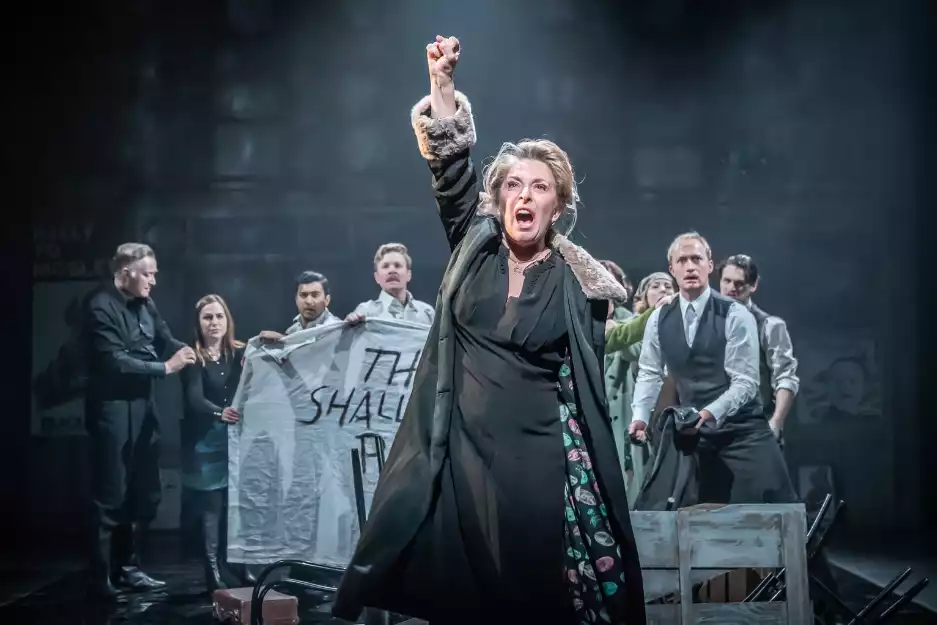-
AllAnytime Fitness Gym Art Beer Of The Week Blog Bus Fares Bus Service Business Business Expo C2C Care Care Home Charity Children Christmas Cinema City Status Cliffs Pavilion Cliffs Pavilion Review Cocktail Recipes College Community Competition Construction Coronation Coronavirus Dannielle Emery Design Easter Education Electoral changes Leigh on sea Emma Smith Employment Emsella Chair Environment Essex & Suffolk Water News Essex Police Essex Wildlife Trust News Events Family Fun Fashion Festival Film Finance Fitness Food Food & Drink Football Foulness Bike Ride Fresh Face Pillow Company Gardening General Election Hair & Beauty Halloween Harp Havens Havens Hospice Havens Hospices Havens Hospices Health & Fitness Health & Beauty Health & Fitness Healthwatch Southend Historicaleigh History Holidays Housing Indian Indirock Jubilee Karen Harvey Conran Kids Kids Blogs Kids Competitions Kids Reviews Lazydays Festival Legal Legal Eagle Leigh Art Trail Leigh Folk Festival Leigh Library Leigh On Sea Finds Leigh Road Leigh Town Council Leigh Town Council Press Release Leigh on Sea Leigh on Sea Sounds Leigh on sea Folk Festival Leigh on sea Marathon Leigh on sea Town Council Leigh on sea man breaks marathon record Leigh on sea news Lifestyle Livewell Southend Press Release LoS Shop London London Southend Airport Los Shop Marathon Melinda Giles Mortgage Angel blog Mortgages Motherofalloutings Mughal Dynasty Music My Mortgage Angel MyLoS NHS News News Newsletter Offers Outfit Of The Week Palace Theatre Parenting Parking Pets Picture Of The Week Pier Politics Press Release Press Release Southend City Council Professional Property Property Of The Week RSPCA Ray Morgan Re:loved Recipes Recycling Restaurant Restaurant Review Restaurants Review Roads Rotary Club Royal Hotel Royal Visit SAVS Schools Seafront Shopping Shows & Music Review Shows & Music Shows & Music Review Southend Southend Airport Southend Borough Council Press Release Southend City Bid News Southend City Council Southend City Council Press Release Southend City Council Press Release Southend Community Safety Southend Hospital News Southend In Sight Southend In Sight Southend In Sight Press Release Southend on Sea Sport The Mortgage Mum The One Love Project The Ship Hotel Theatre Theatre Blog Theatre Review Theatre review Transport Travel Travel Veolia Village Green Volunteer Weddings Whats On c2c
The Merchant of Venice 1936 Review by Nina Jervis-Green

Thanks to Nina Jervis-Green from www.ninathewriter.com for this review.
Why 1936? This is the year when members of Oswald Mosley’s British Union of Fascists planned a provocative paramilitary march through the East End of London – an area heavily populated by Jewish people – in their Blackshirt uniforms.
The march wasn’t stopped by the police, but an alliance of Jews, Catholics, Protestants, and atheists, who came together and set up barricades on Cable Street. ‘The Battle of Cable Street’, as it became known, is the political context in which this clever, bold reimagining of Shakespeare’s problem play is set.
We aren’t in gilded 16th century Venice now, that’s for sure. The dingy streets of London simmer with menace right from the start, as we witness Mosley’s rise to prominence via unsettling images and archival footage projected onto the back of the stage. Worse is sure to come.
We meet Tracy-Ann Oberman’s Jewish moneylender Shylock as she gathers her loved ones together in a Hebrew blessing – the characters all enter via the aisles, greeting the audience and bearing small glasses of wine. Through Oberman’s inspired and weighty performance we learn that Shylock is a single mother and a fighter, resilient yet vulnerable; a character formed whole from persecution.
Shylock is based on Oberman’s great-grandmother Annie, who herself had fled persecution in Belarus and settled in London, believing it to be a safe haven. This knowledge makes Shylock’s famous “Hath not a Jew eyes?” speech, an eloquent plea for tolerance, feel all the more visceral.
The play’s supporting characters are brilliantly contextualised, too. Antonio (a compelling performance from Joseph Millson) becomes a Blackshirt, his friends are Bullingdon Club-style toffs, and Portia (a witty, mesmerising Georgie Fellows) is a sardonic socialite in satin.
Shylock’s daughter Jessica is styled as a schoolgirl here, which makes her betrayal with Lorenzo later on feel a tiny bit uncomfortable – albeit still painfully effective. Evie Hargreaves stands out in the venomous role of Mary, Shylock’s turncoat servant who heartlessly mocks her former employer in the street, egged on by a racist policeman.
Adapted by Oberman and director Brigid Larmour, Shakespeare’s original script is heavily cut (Oberman has described the play as “short and punchy”). Some characters have changed, some lines have been given to others. But the story, in essence, remains the same: Antonio defaults on a large loan and Shylock demands her “pound of flesh” with devastating consequences.
The court scenes are particularly distressing, as a disguised Portia – who had previously provided some blessed moments of light relief – helps inflict merciless punishments on the now completely isolated Shylock. Her home is ransacked, boarded up and graffitied; there are screams and breaking glass as other Jewish- owned shops are targeted off-stage. The Blackshirts are on the rise.
The play’s ending, though moving and wonderful, felt like a shock, as we were taken swiftly from Shylock’s downfall to her East End neighbours’ rousing support during the Battle of Cable Street. I genuinely loved this moment, but I also wished there had been some sense of that support earlier on. Maybe it had only showed itself in that critical moment, when it was sorely needed.
Accessible and timely, The Merchant of Venice 1936 will introduce Shakespeare to new audiences, but it also tell us the real story of who we were – and implore us not to repeat our mistakes. Particularly in these troubling times, to say it’s well worth seeing is a given.
ADD A COMMENT
Note: If comment section is not showing please log in to Facebook in another browser tab and refresh.





















